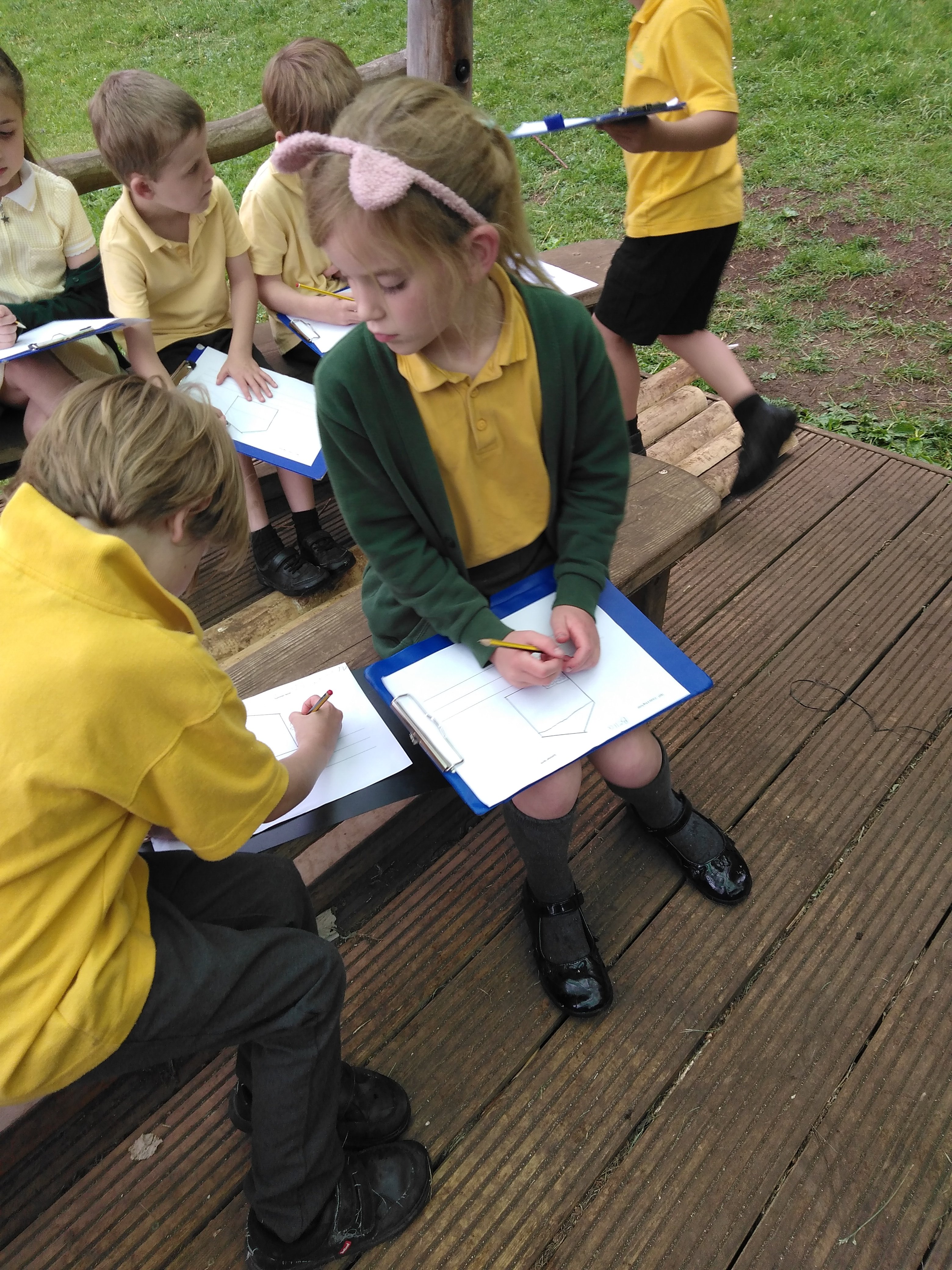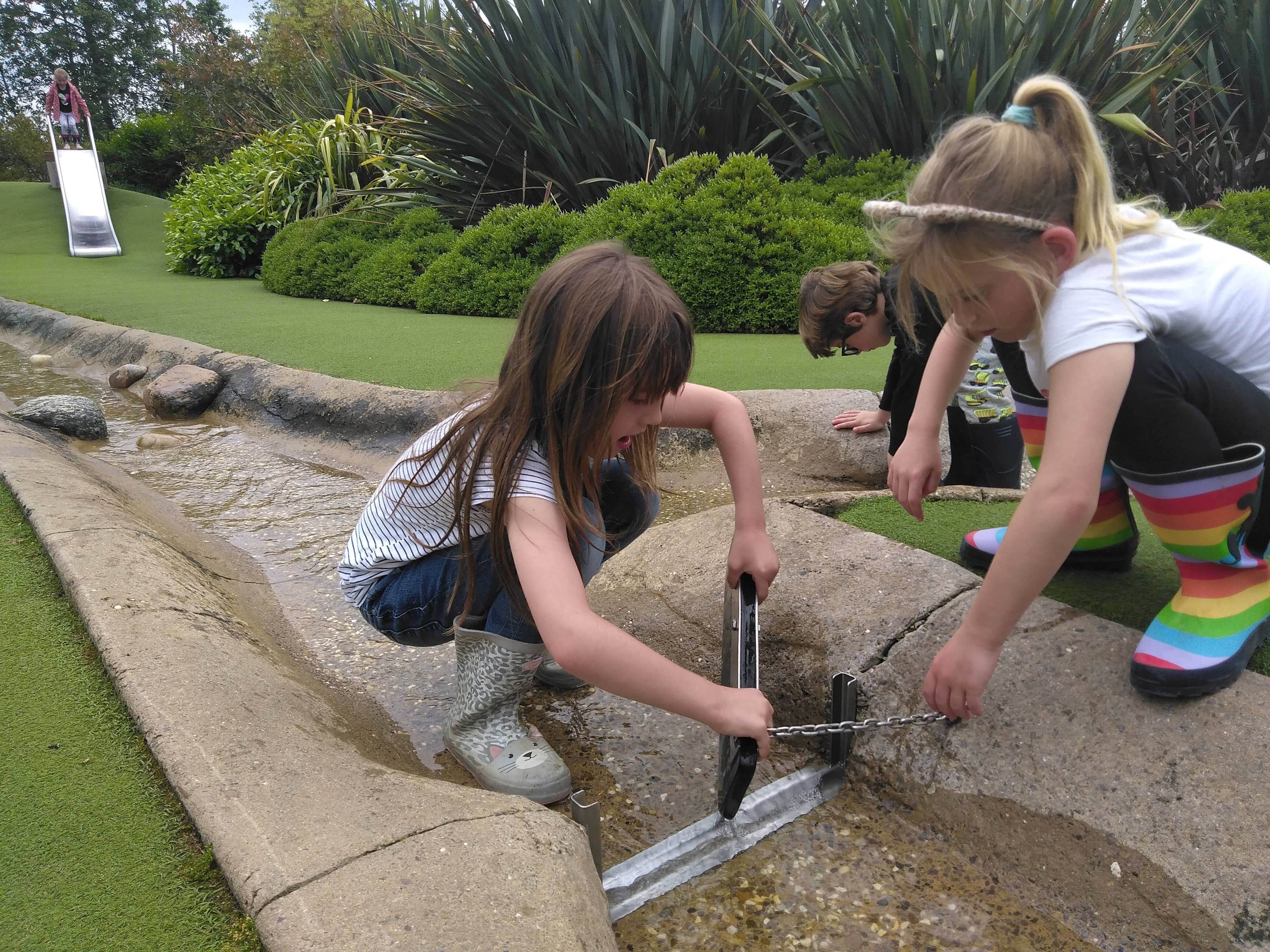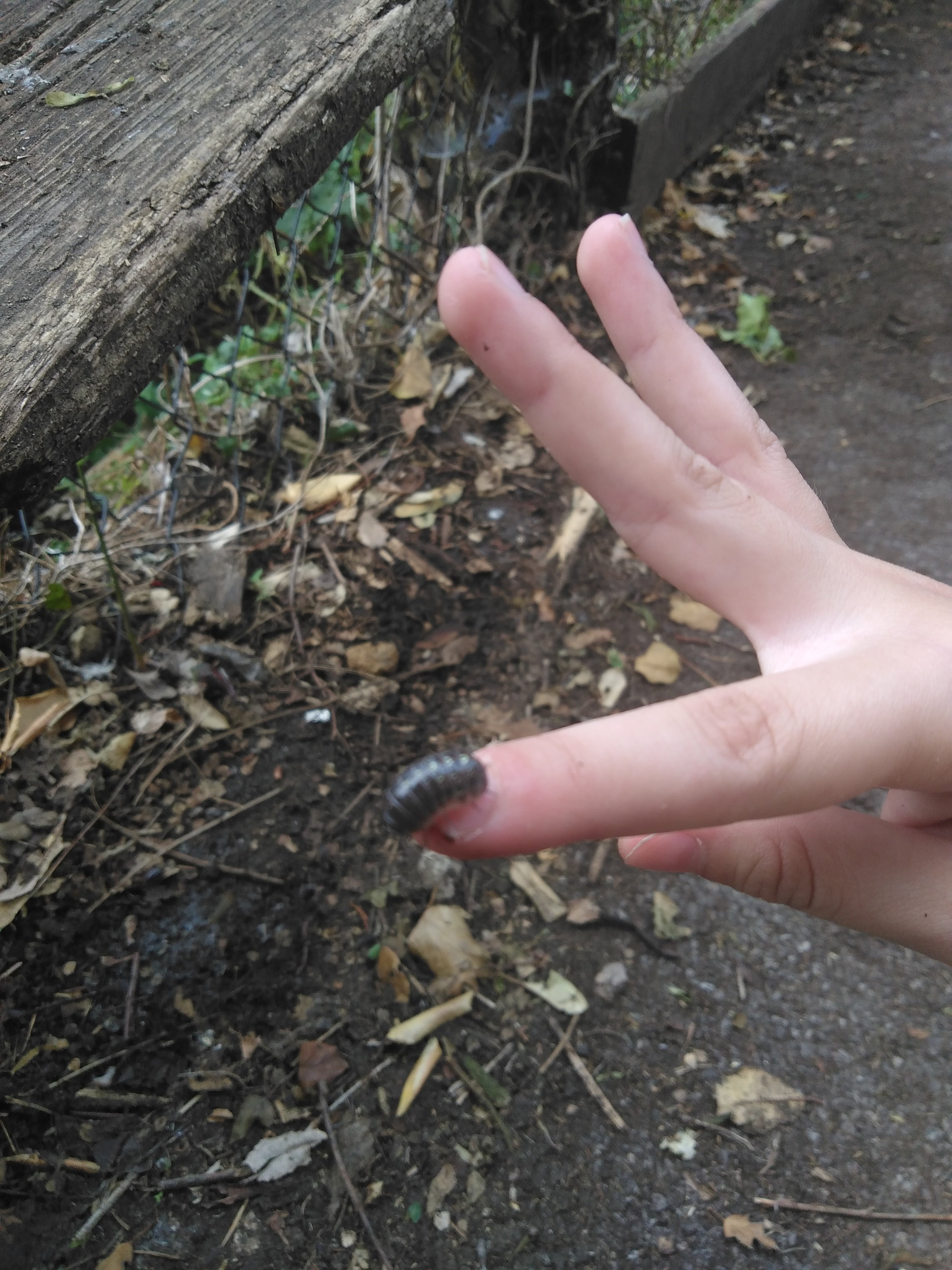
Snow much fun!


Peregrines had the best afternoon last week, exploring and experimenting with water!


Peregrines had a great start to their final week of the year with a fun Forest School session with Mr. Meadows. Peregrines investigated what made the rocket fire the furthest: more water? More air? Peregrines took it in turns to hold the launching pipe as the upturned bottle was pumped full of air, while the rest of the group counted down to blast off!












In Science this term Peregrines having been learning about minibeast creatures that live in garden habitats. This week Miss Turberville took the class outside to the pond area to design and build a hotel for minibeast. Children took turns to bring sticks, hay, soil, flowers and leaves to the bug hotel, and talked about which creatures might come to stay there.


















On Thursday morning, Peregrines set out across Gastrells playing field headed uphill for Rodborough Common. We wound our way up to Winstones Ice Cream, where we settled down for a class picnic lunch together, followed by an ice cream treat. On the way back we stopped by a big ‘dippy’ to play games and hunt for fossils, before we trudged back down to school.































Peregrines had an exciting day out this week at Slimbridge Wildfowl and Wetlands Trust. Pupils started the day with a pond dipping investigation to see the large variety of creatures that made the pond environment their habitat: beetles, snails, fish, tadpoles, larvae, skaters and lots of others were fished from the pond with nets. After that we set off to meet and feed the different birds. After lunch we made our way to Welly Boot Land for splashy playtime fun!






























In their Science lesson with Miss Turberville this week, Peregrines went out around the school grounds investigating habitats for small creatures and insects. We found woodlice, beetles, bees, worms and many other bugs making their homes in different places.













How is your plant in the dark looking?
Make sure you keep your plant regularly watered, so that you know that any changes to the plant are just from not having enough light.
I had a close look at my plant in the dark today. As you can see in this photo, the two plants I used for my experiment were the same when I started.

It has only been 12 days since it went into a dark place, but already, there is a big difference in the two plants. The plant that has been in the dark looks dreadful! It has lost its green colour and the leaves have shrivelled up. The stem has gone floppy and the plant is curling over. As you can see from the photos below, the plant I kept in the light has grown much bigger and its leaves are turned up towards the sunlight.




My experiment has clearly shown already that the tomato plant needs light from the sun to stay green and healthy and grow properly. This is because plants take their energy from sunlight and need the sunlight to make the food they need to grow.
I am going to let my plant kept in the dark back out into the light!
Please send in photos of the plants you have kept in the dark. How do they look now? Was the prediction you made about what would happen correct? Will all our plants in the dark look the same?
The tomato seeds I planted before Easter have been enjoying the recent warmth and sunshine, and I hope you all have as well. We are going to be using our tomato seedlings in different ways for our home learning in Science.
Firstly, if you haven’t done so already, write today’s date into your tomato diary booklet, and describe what has happened to your tomato plants since you planted them. You could also draw a picture to show what they look like now.
This is my pot of seedlings today, which have all grown from the seeds of just half a cherry tomato:

Re-potting your plant
The next stage for our tomato plants is what gardeners call ‘growing on’. Most plants need a bit of space of their own to grow well. Look at your seedlings and choose the one that looks the biggest and strongest. Very carefully take it out of the pot, by digging underneath the roots and gently separating it from the other plants. Don’t pull it up by the stem or leaves!

A successfully separated seedling!
You will need a slightly larger plant pot to put your seedling into. Fill your plant pot with soil or compost, and give the pot a bit of water.

Next, make a small hole in the middle and gently drop your seedling into it. Then firm and press the soil down around your seedling so that it stands up straight and strong.


Do you remember where your tomato seeds came from? Mine were from Morocco, which is in North Africa. Tomatoes planted outside are usually grown in countries that are much hotter than England. The best place for you to grow your plant will be in a greenhouse, or inside a sunny warm conservatory, if you have one. I don’t have a green house so I have made a mini-greenhouse by recycling a clear plastic bottle. Even if you do have a greenhouse, you could try this as a science experiment with one of your seedlings to see if it makes a difference to how your plants grow.
Making a mini-greenhouse.
Ask an adult to help you! I have used a 2 litre drinks bottle. You can use any clear plastic bottle. First, ask and adult to cut off the bottom of the bottle in a straight line.


Push the cut off bottle down into the soil of the pot around the plant. You can then place your pot and mini greenhouse to grow out in a sunny spot in the garden.


The plastic cover will protect your seedling from being eaten by slugs and snails, and protect it from cold winds and frosty mornings. The cover will also keep your plant warmer, making a ‘greenhouse effect’, by trapping warm air and moisture around your plant. You need to keep your plant watered – a little bit of water each morning is best.
Keep watching the blog for more activities to do with our other tomato seedlings. We are going to do a science experiment to see what happens to a plant if we grow it in the dark!